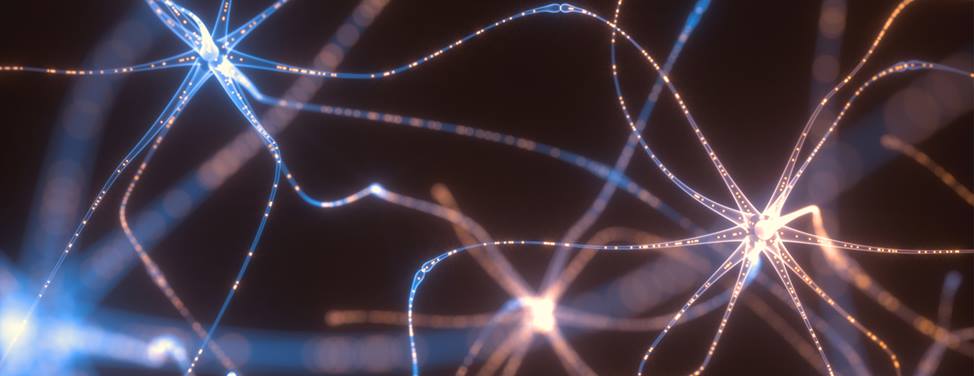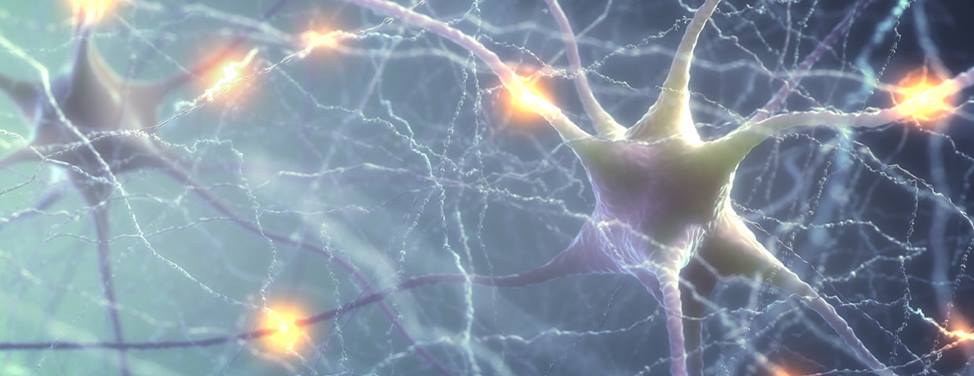Visualase thermal laser ablation is a type of laser surgery treatment for adults and children who have epilepsy, a disorder marked by recurring seizures due to abnormal activity of nerve cells, called neurons, in the brain. Visualase uses a laser fiber and guides it towards the source of a patient's seizures through a small hole in the skull. The laser then heats and destroys the small, well-defined area of abnormal brain tissue, leaving the surrounding tissue unharmed. The entire procedure is viewed in real time on magnetic resonance imaging (MRI) to ensure safe and successful target treatment.

Visualase Thermal Laser Ablation
For certain patients, thermal laser ablation can be as or more effective than other therapeutic options, and with less risk. Those who are good candidates for the procedure are patients whose epilepsy doesn’t respond well, or at all, to medicine – or those who have MRI-visible lesions that have been confirmed as the source of the epilepsy.
Advantages of Visualase Thermal Laser Ablation Over Other Epilepsy Surgeries
Thermal laser ablation is performed through a small "nick" scalp incision and hole in the skull — about the width of a coffee stir stick. A typical standard epilepsy surgery has an extensive scalp incision and large cranial opening. The treatment and recovery time with thermal laser ablation is also dramatically faster. The actual thermal laser ablation treatment time takes several minutes; set-up time and laser fiber placement can take three to four hours. The majority of patients spend one night in the hospital and are discharged the following day. In the event that the procedure fails to completely treat a patient’s epilepsy, repeated treatments are equally straightforward and well tolerated.
Potential Risks or Side Effects
Although thermal laser ablation is a minimally invasive surgery, there are some risks. Treatment success is dependent on accurate placement of the laser fiber into the target lesion. Inaccurate placement of the laser can potentially injure fragile or sensitive structures nearby. For that reason, the majority of the treatment time is spent prior to ablation to ensure the accuracy of laser placement. With any brain procedure, there are risks of bleeding and infection, which are proportional to the size of the surgical exposure, treatment time, and depth of treatment. However these risks are lower with laser therapy compared to open cranial surgery.
Effectiveness
The Visualase thermal laser ablation system was approved by the FDA in 2010. Because the technology is relatively new, the long-term outcomes from the treatment are not completely known. Preliminary findings indicate that a large portion of patients experience immediate improvement or control and that these results have lasted many months to at least one year. Further studies are ongoing to track long-term outcomes.
For more information, please contact one of our epilepsy nurse specialists:
Neurology:
Maritza Lopez, (415) 353-2134
Neurosurgery:
Mariann Ward, (415) 353-2347
UCSF Health medical specialists have reviewed this information. It is for educational purposes only and is not intended to replace the advice of your doctor or other health care provider. We encourage you to discuss any questions or concerns you may have with your provider.











